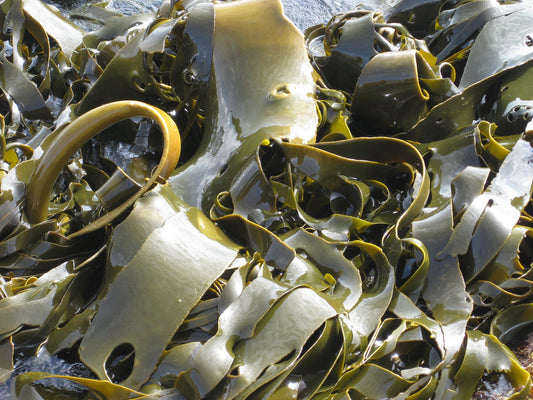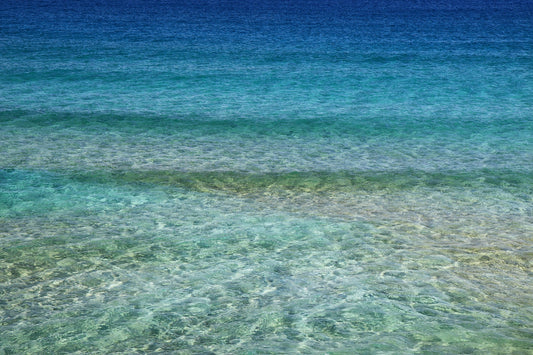Have you ever walked around the beach and encountered those sticky, slimy algae that you thought were just there to make your pathway more slippery?
Well, if you were to be in Grand Manan, New Brunswick, there’s a high chance that what you saw was Dulse. Dulse is a red seaweed found in intertidal zones and is scientifically called Palmaria palmata. It has been part of the local communities of Grand Manan island in New Brunswick for years and years.
The harvest and processing of Dulse can be tricky and labor-intensive, but those who grew up around it have become passionate about it and consider dulsing part of life.
Although Dulse is a money-making high-demand resource in Atlantic Canada, it has faced some challenges, like rises in temperature, higher millimeters of rain in a short time, and weather storms.
Seaweeds are delicate and very dependent on an ideal range of temperatures, which makes them vulnerable to climate change. In addition, they need a solid substrate to stick to and grow healthy and strong over the years. Still, if more frequent storms hit the shore and knock rocks over, that can be very detrimental to the sustainability of not only dulse but other seaweeds that grow on rocks along the coast of Eastern Canada.
For those reasons, scientists and other stakeholders need to work out a plan to adapt to climate change and ensure that future generations will also have the chance to learn how to generate income from the ocean and, above all, care for it.
Learn more: https://www.cbc.ca/newsinteractives/features/dulse-grand-manan-climate-change




